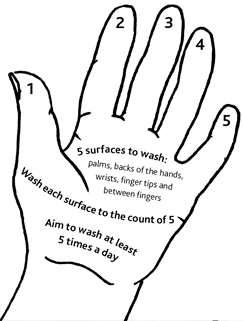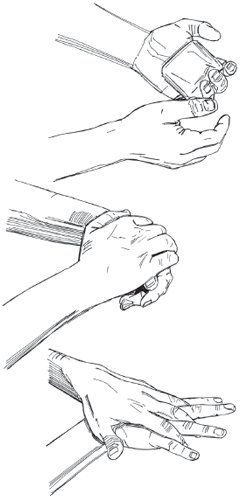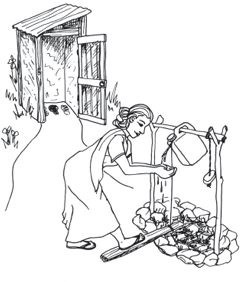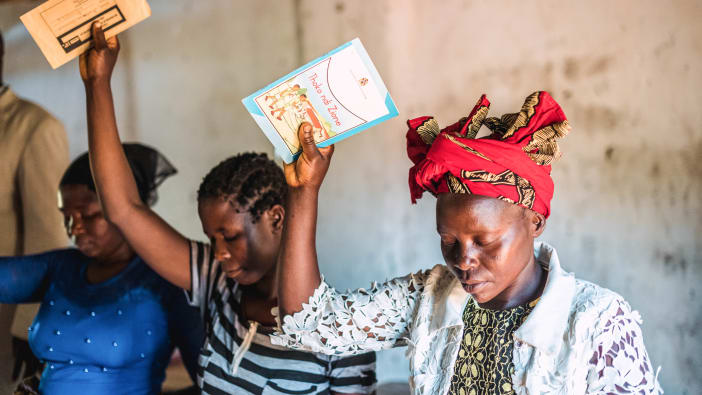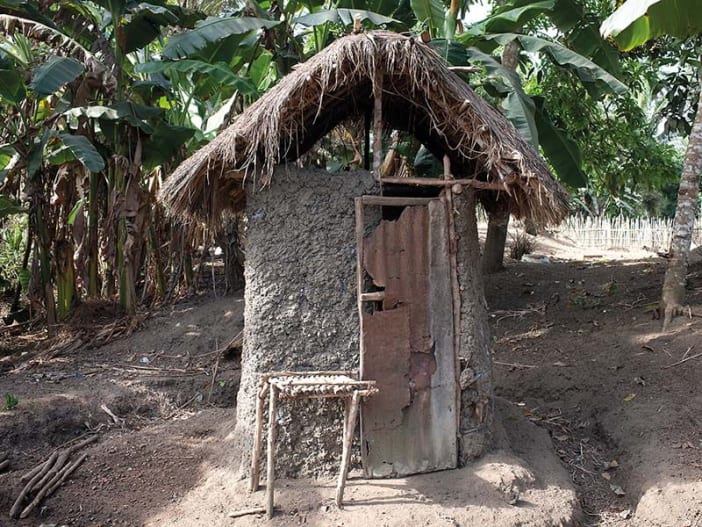Even if our hands look clean, they can still be covered with millions of germs. Germs are microbes that are invisible to the naked eye. Germs on unwashed hands cause illnesses, for example pneumonia and diarrhoeal diseases. Washing hands with soap is one of the most important ways to keep ourselves healthy and stop these germs from spreading from one person to another.
When to wash hands
- Before eating food
- Before, during, and after preparing food (especially after handling raw meat)
- Before and after caring for someone who is sick
- Before and after treating a cut or wound
- After using the toilet
- After cleaning up a baby or child who has soiled himself or herself, or used the toilet
- After touching animals, animal feed or animal waste
- After touching rubbish
- After blowing your nose, coughing or sneezing
Using soap
Many people wash their hands with water alone. However, this is not enough to remove germs. Using soap breaks down the grease and oils on our hands that carry the most germs.
Problems with soap use
Soap left near hand washing facilities often goes missing. It is too valuable a resource to leave around, yet it needs to be available wherever hand washing takes place, in the home or in public places such as schools. Soap on a rope is often the best option.
However, it is not enough to have soap in the home. We need to wash our hands with soap at important moments to prevent germs spreading (see box above).
A household bar soap can be used on the hands. A special type of soap for washing hands is pleasant but not essential. If soap isn’t available, then ashes or an abrasive agent such as sand can help cleanse hands.
- Think about ways your community could improve local, affordable soap supplies.




